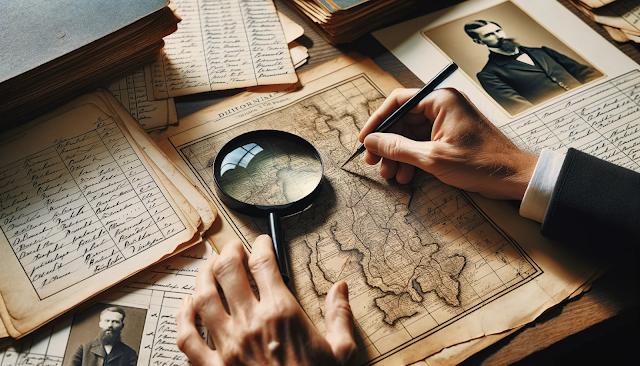
Tracing Threads: A Personal Odyssey into Family History Starting out on a journey through your family's past is not just a venture into genealogy; it is a personal odyssey connecting you to the intricate tapestry of history. As I sit down to write this piece, I ponder on the profound sense of purpose and curiosity that drives many of us to start exploring our roots. Starting with Stories It all begins with a quite simple step: gathering together everything you already know. Those family stories, old photographs, and documents are not just mere artifacts or curiosities. They are literally the whispers of our ancestors, calling on us to uncover the lives they once led. Every name, date, and place are a clue, a piece of the puzzle that ultimately reveals the grand picture that is our heritage. The Heart of the Hunt As an amateur genealogist, I know that the fundamentals of this pursuit lie in the careful scrutiny of records. Things like census data, birth certificates, marriage...
